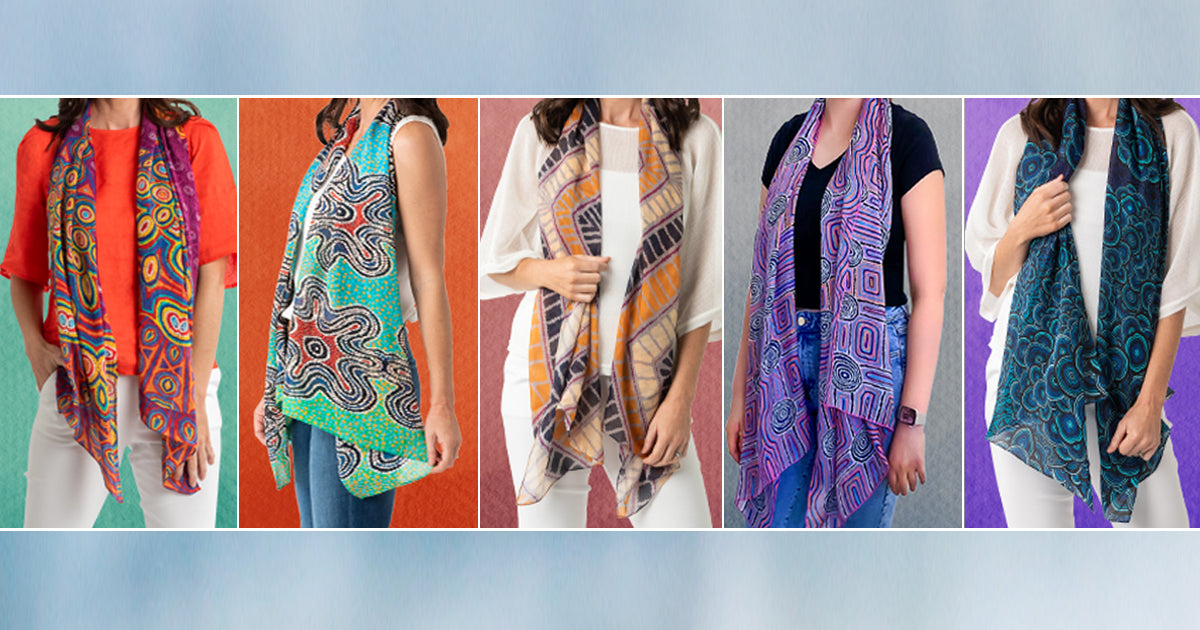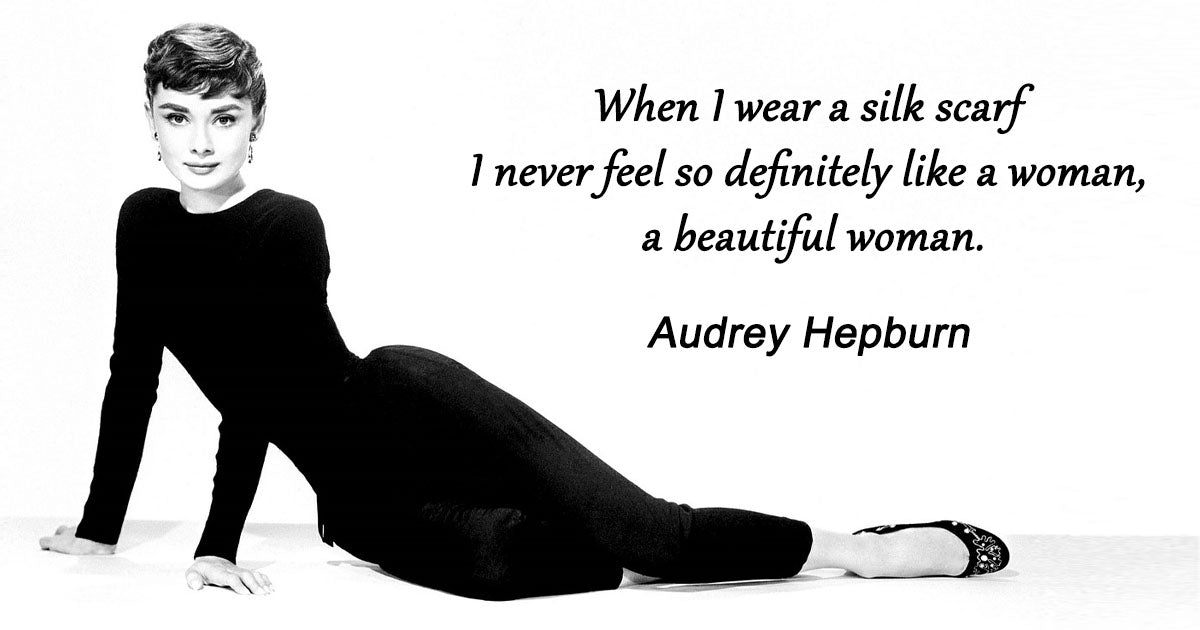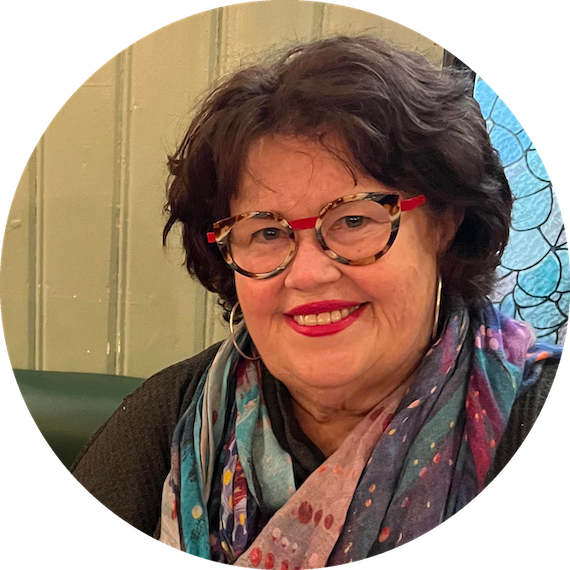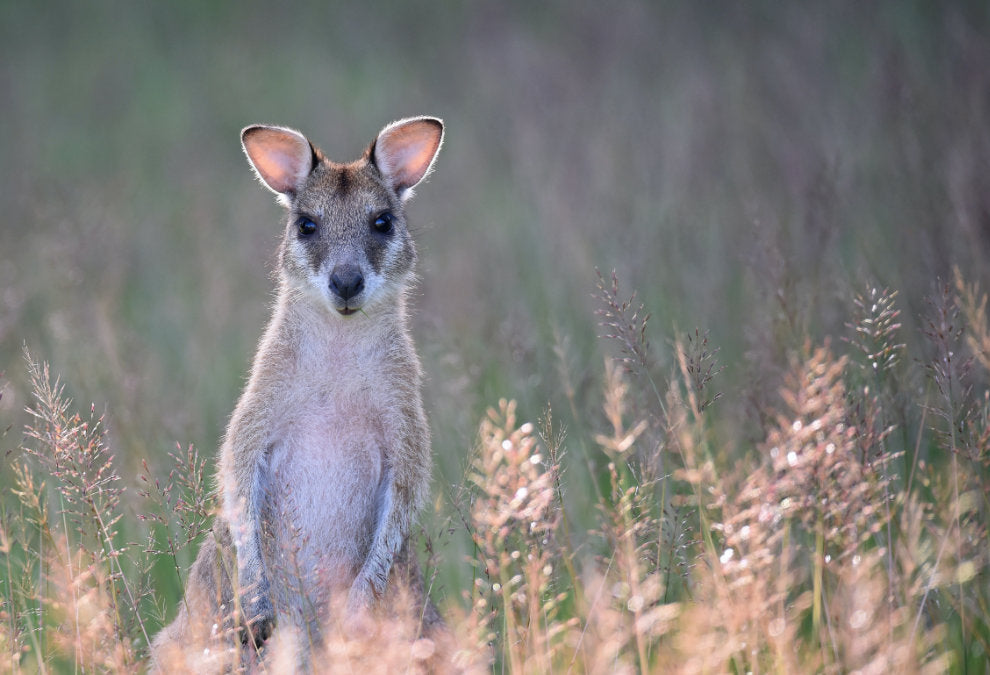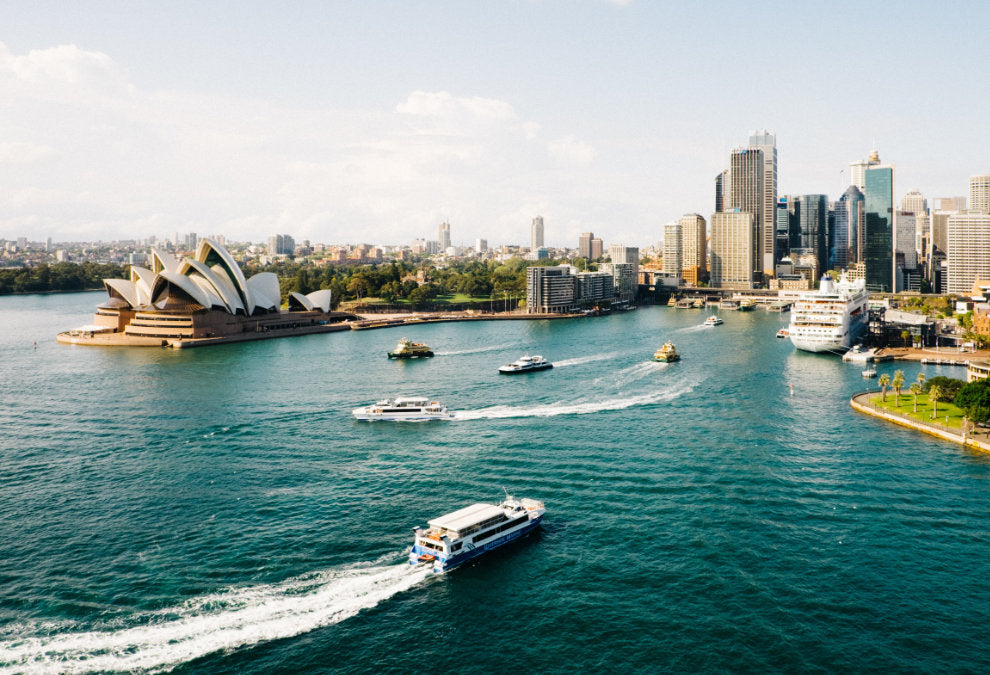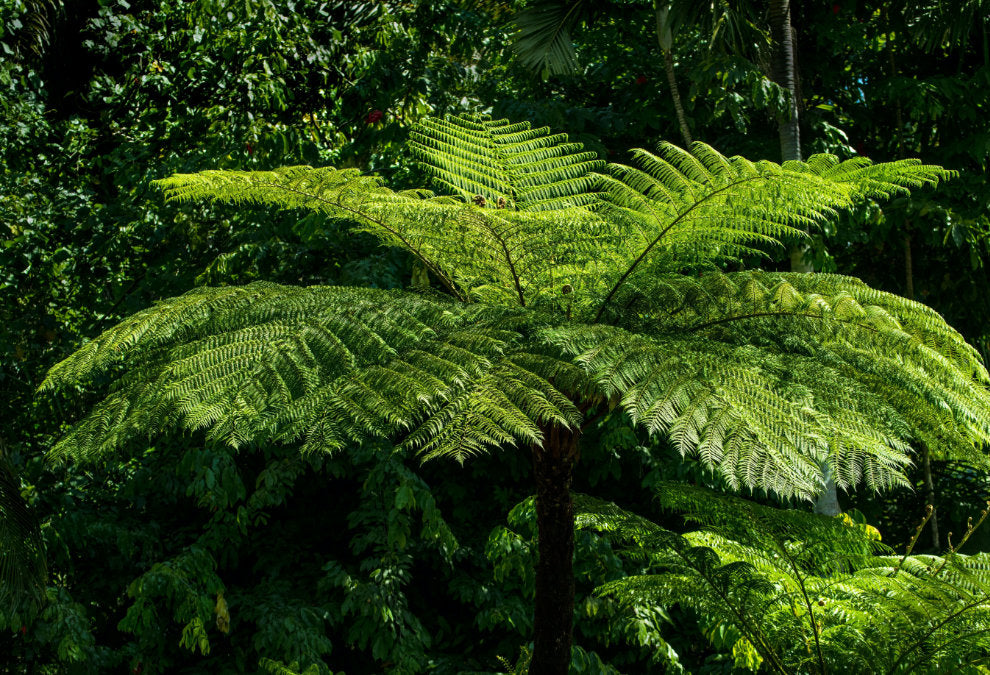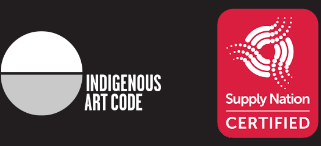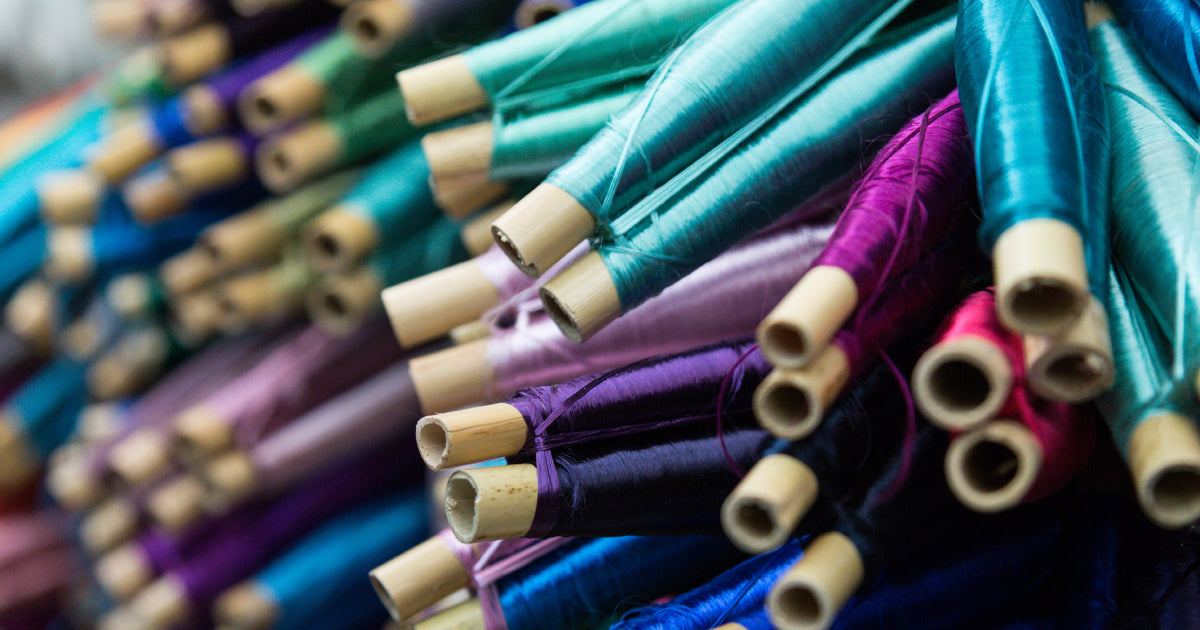
The History of Silk Making
Mainie uses only premium pure silk to create its beautifully handcrafted wearable art pieces.
We source our beautiful silks from the historic city of Suzhou. Known as the Venice of the East, Suzhou has been home to artisan silk making traditions for over 4,700 years.

Suzhou, the Venice of the East
The history of silk making is a fascinating journey that spans thousands of years and encompasses multiple cultures.
An overview of the history of silk making:
1. Ancient China (Around 2700 BCE):
The production of silk is believed to have originated in ancient China. According to Chinese legend, Empress Leizu discovered silk when a silkworm cocoon fell into her tea, unravelling the delicate threads. The Chinese developed advanced techniques for sericulture (silkworm cultivation) and silk production, and kept these methods a closely guarded secret for centuries.
2. Silk Road (2nd Century BCE - 14th Century CE):
The Silk Road, a network of trade routes connecting the East and West, played a crucial role in the spread of silk and silk-making techniques. Chinese silk was highly sought after by traders and merchants, and its production techniques gradually spread to other parts of Asia, the Middle East, and eventually Europe. Over the centuries, the Silk Road became more than just a vital trade route, it was also crucial to the exchange of ideas between East and West.

3. Expansion to Other Cultures:
By the time of the Han Dynasty (206 BCE - 220 CE), silk production had become a well-established industry in China. The knowledge of sericulture and silk weaving began to spread neighbouring regions, including Korea, Japan, India, Persia, and Turkey.
4. Secrets Revealed:
While China initially kept the secrets of silk production well-guarded, knowledge eventually leaked out beyond its borders. One of the most well-known instances is the story of the Byzantine Emperor Justinian I sending monks on a covert mission to smuggle silkworm eggs out of China. This marked the beginning of silk production in Byzantium (now Istanbul, Turkey).
5. Medieval and Renaissance Europe (6th - 17th Century):
Silk production became a valuable industry in the Byzantine Empire and later in other parts of Europe. Italy, particularly cities like Venice and Florence, became centres of silk production. European techniques for silk weaving evolved and incorporated their own design elements.
6. Industrial Revolution and Modern Times:
The Industrial Revolution in the 18th and 19th centuries brought significant advancements to the silk industry. Machinery was introduced to facilitate various processes such as spinning, weaving, and dyeing, which led to increased production and availability of silk fabrics.
7. Contemporary Silk Industry:
Today, silk is produced worldwide, with China remaining the largest producer. The silk-making process has been modernised with the help of technology and automation, but traditional methods are still practised in certain regions. Silk is used for a wide range of products, including clothing, accessories, home textiles, and more.
Throughout history, silk has been a symbol of luxury, refinement, and cultural exchange. The art of silk making has bridged continents, influenced fashion and design, and contributed to the economic development of nations.

Mainie Silk Scarves - The Dreamtime Meets the Silk Road
Learn more about Mainie’s unique melding of authentic Aboriginal art and luxurious silk at www.mainie.com.au

